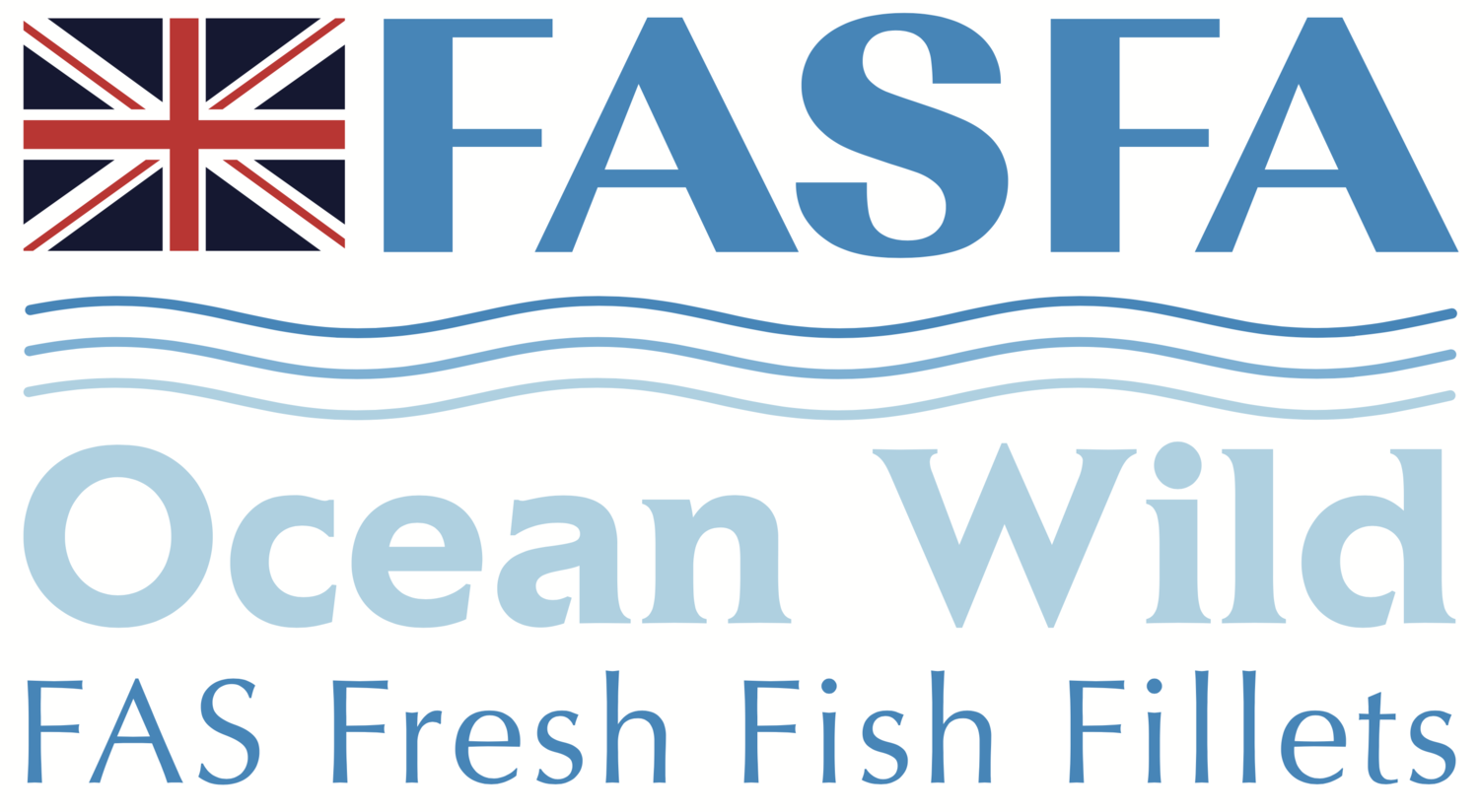FASFA Member Spotlight: The Kirkella Trawler
“More than 90% of UK fish & chip shops exclusively use frozen at sea fillets from sustainably caught fish from the cool, clear seas of North Sea Atlantic”
As Fish & Chips celebrates its impressive legacy as the nation’s favourite dish for 160 years’ this year, we wanted to shine a spotlight on FASFA members around the world who are responsible for supplying the UK’s fish & chip shops with the highest quality, sustainable and frozen at sea cod and haddock fillets all year round.
More than 90% of UK fish & chip shops exclusively use frozen at sea fillets from sustainably caught fish from the cool, clear seas of North Sea Atlantic. Whilst the majority of this fish is imported from international fleets, the Hull-based Kirkella Trawler is responsible for bringing back 8% of the cod and haddock that is used in UK fish & chip shops. That works out at 780 tonnes of whitefish per trip – the equivalent of 2.3 million fish & chip portions.
The Kirkella is the latest of seven vessels to be named after the small village on the outskirts of Hull, with the original Kirkella built in 1936. As such, the name ‘Kirkella’ has become synonymous with Hull’s fishing heritage and is an essential part of the fish & chips supply chain – not just in the UK, but internationally, too.
How does the Kirkella operate?
The Kirkella is the UK’s most technically advanced fishing trawler and has been carefully designed with sustainability and minimal wastage in mind. Fishing in the sustainable waters of the North Atlantic where stocks of cod and haddock are plentiful, the trawler lands its catch using giant nets that have been designed to make sure they don’t catch undersized fish, whilst sensors equipped to the nets match fishing levels to processing capacity, to deliver maximum sustainability.
Once the nets are full, they’re hauled up from the stern by powerful 2000m cable winches where the catch is electronically stunned and then transported to the onboard factory.
In less than 40 minutes, through a series of intricate processes, the catch is washed, skinned and filleted to individual portion sizes, before being packaged and frozen. An onboard fishmeal plant ensures nothing caught by the Kirkella goes to waste with by-products such as the guts, skins and fish heads being turned into fishmeal for use in animal feeds and fertilisers. Whilst the majority of these processes are carried out by machinery to ensure maximum yield load, the crew carry out regular, careful quality checks to ensure that the final product is of the highest quality.
What makes the Kirkella’s catch such high quality?
As well as being synonymous with Hull’s fishing heritage, the Kirkella is associated with quality too. In 1965, the third Kirkella was one of the first generations of freezer trawlers contributing to the growth of the UK’s fishing industry by supplying freshly frozen cod and haddock fillets caught in the Barents Sea. Buying frozen fish offers significant benefits in comparison to buying it fresh, despite the stigma that sometimes exists around frozen foods. The advanced technology onboard the Kirkella trawler means that within four hours of being caught, the fish is fully frozen, sealing in the quality and the freshness.
Most importantly, the Kirkella fishes in the North Atlantic, where fishing stocks are plentiful, meaning you can enjoy your plate of fish & chips with a clear conscience.
Whilst the UK imports most of the fish we eat in fish & chip shops, the Kirkella is bucking a trend by being one of the largest trawlers fishing in the Barents Sea and distributing its catch to fish & chip shops back home across the UK. The continued success of the Kirkella trawler will ensure that more customers are able to visit their local chippy with the guarantee that the fish they’re eating is of the highest quality from a sustainable and plentiful supply chain.

